10 amazing facts about Sombrero Galaxy M104
9th Sep 2023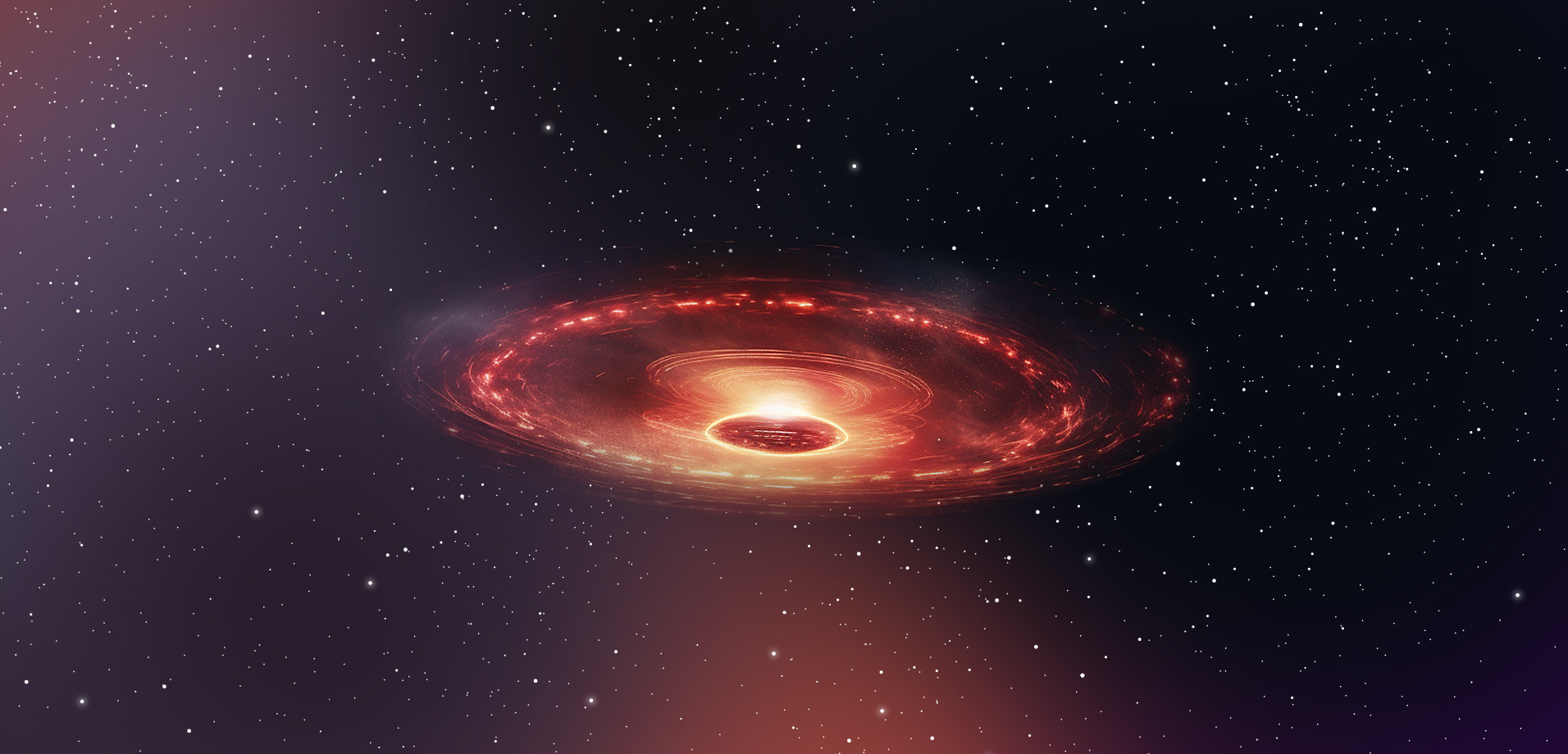
According to the latest calculations, there are about two trillion galaxies in the Universe. So far, we have only seen the ones closest and the brightest from our perspective. One of these is the Sombrero Galaxy, or Messier 104, located on the outskirts of the constellation Virgo, at a distance of about 28 million light-years from Earth. The shape of this galaxy resembles a popular Mexican headdress, which is why it is named after this particular hat.
What is Sombrero Messier 104, and what do scientists know about it? Let’s learn the most interesting facts and hypotheses about this unique astronomical object.
What is known about Sombrero Galaxy
| Nickname: | Sombrero Galaxy |
| Designation: | Messier 104 (M104), NGC 4594, UGC 293, PGC 42407 |
| Type: | Early-type spiral / Normal elliptical |
| Location: | Virgo constellation |
| Distance from Earth: | 31.1 million light-years (9.55 Megaparsecs) |
| Age: | 10 – 13 billion years old |
| Diameter: | 49,000 light-years (15 Kiloparsecs) |
| Mass: | 800 billion solar masses |
| Apparent magnitude: | 8.0 |
| Absolute magnitude: | -21.8 |
| Radial velocity: | 1,024 km/s |
| Right ascension: | 2h 39m 59.4s |
| Declination: | −11° 37′ 23″ |
| Redshift: | 0.003416 |
| Discovery date: | 1781 |
| Estimated number of stars: | several hundred billion |
We have gained a lot of knowledge about the properties and features of M104. The first information about it was obtained in the 18th century, but interest in it remains until today. Researchers are intrigued by a dust lane, the nature of which has not been studied, but in the core of which a giant black hole was discovered, and a source of terahertz radiation, probably indicating active star formation.
Who discovered the Sombrero Galaxy?
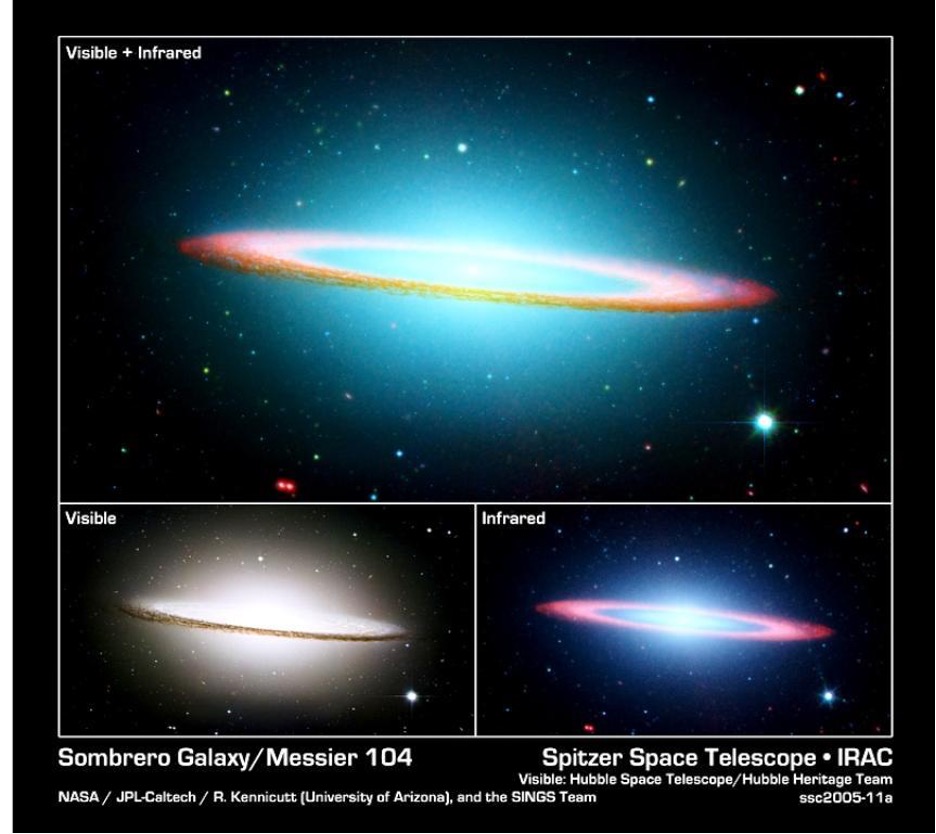
The object was originally thought to have been discovered by British astronomer William Herschel in 1784. He noted the presence of a “dark layer” in the disk, now called the dust lane. Herschel classified the phenomenon as H I. 43 and described it as “elongated” and “very bright towards the middle”.
However, in 1921, French astronomer Camille Flammarion discovered an earlier mention of the object in Charles Messier’s handwritten notes. The note spoke of a “very faint nebula” with coordinates 12h 28m 39s; −10° 24′ 49″, which was observed by Messier’s employee Pierre Méchain on May 11, 1781. Flammarion tried to match this nebula with a known astronomical object and found that it was the Sombrero Galaxy, as previously thought to have been discovered by Herschel. The object was added to Messier’s official catalogue after the death of Méchain (1804) and is listed in it at number 104.
What type of galaxy is the Sombrero Galaxy
The Sombrero Galaxy type is SA(s)a in the Hubble classification system. What does this mean?
- “SA” type galaxies do not have bars, i.e., they do not have a central rod, which can be seen in other types of spiral galaxies. Instead, they have spiral arms that extend directly from the core.
- “(s)”: means the presence of tightly wound spiral arms.
- “a” indicates that the central core is characterised by high surface brightness.
Thus, the M104 is a barless spiral galaxy with tightly wound spiral arms and a bright central core.
Why is the Sombrero Galaxy flat?
Since Sombrero M 104 is a spiral galaxy, its flat shape is primarily due to the conservation of angular momentum during formation.
Initially, a spiral galaxy is formed as a huge cloud of gas and dust, which gradually collapses under the influence of its own gravity. As it collapses, the cloud begins to spin, similar to a spinning skater pulling one’s arms inward to increase the spinning speed. Conservation of angular momentum causes the collapsing cloud to flatten and take the form of a rotating disk.
As the gas and dust inside the collapsing cloud condense and gather together, they form stars and other stellar objects within the disk. The gravitational interaction and rotation of the disk lead to the formation of spiral arms. These spiral arms, as well as the disc’s rotation, give the galaxy its characteristic flat, disc-like appearance.
How old is the Sombrero Galaxy
According to modern estimates, the age of Sombrero M 104 is nine to ten billion years. And it probably appeared as a result of the collision of more massive galaxies. According to another version, an object from two galaxies was formed gradually by capturing intergalactic gas. Perhaps, it was a whole complex of intricate processes that formed Sombrero, that have yet to be identified and described.
How many stars are in the Sombrero Galaxy
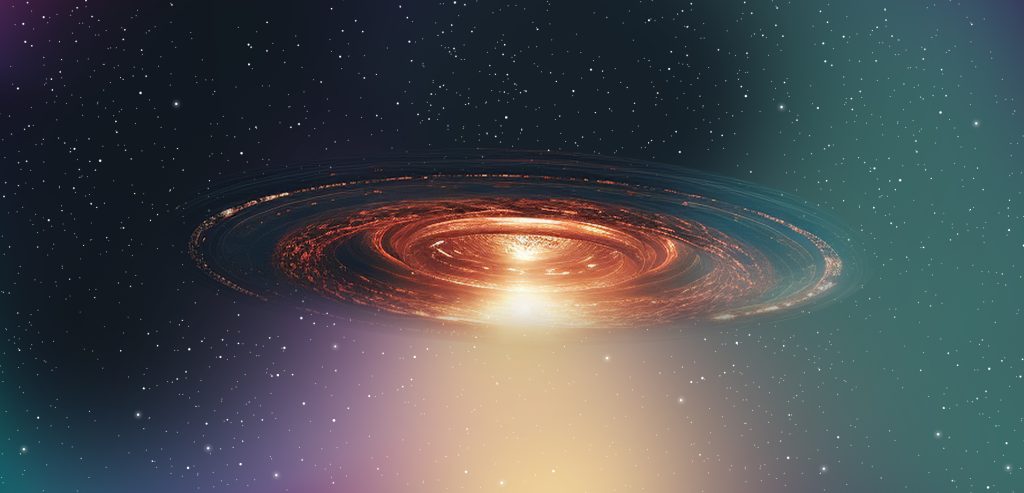
There are probably hundreds of billions of them. No one can say for sure yet. The astronomical community believes that this galaxy may have up to 4 times more stars than the Milky Way! There are up to 2000 globular clusters — spherical groups of stars — usually from several tens to several million in number.
Globular clusters are old objects that formed in the early stages of galaxy development. They have a dense and compact structure and are located in the halo of near-central regions of galaxies or around their nuclei. Globular clusters contain old stars, mostly red dwarfs and giants. But the galaxy’s powerful terahertz radiation could also be evidence of young star clusters or regions of new star formation.
Are there planets in the Sombrero Galaxy?
Of course, yes. Given such many stars, there could be even more Sombrero Galaxy planets, including those similar to Earth or on which life might be possible in the future. By the way, you can read our separate article How Many Planets Are There In The Universe.
How big is the black hole in the Sombrero Galaxy?
The black hole is supermassive and has a mass of about 1 billion times that of our Sun. M104 contains one of the most massive black holes ever discovered in nearby galaxies. In the 1990s, a research team led by American astronomer John Kormendy, based on spectroscopy data from the CFHT telescope in Hawaii and the Hubble Space Telescope, found that stars near the centre of M104 have an anomalously high rotation rate. This phenomenon was explained by the presence of a supermassive black hole at the core of the Sombrero galaxy.
Is the Sombrero Galaxy bigger than the Milky Way?
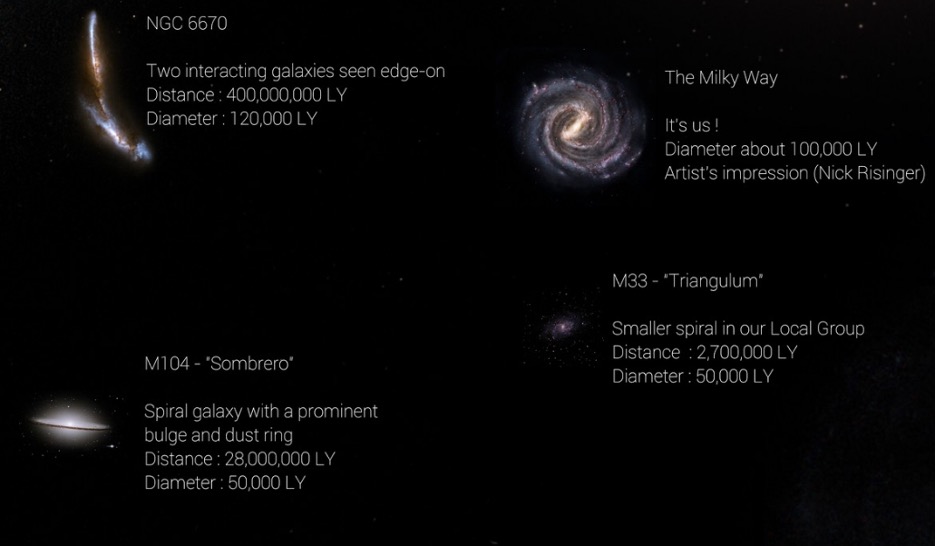
Comparing the sizes of galaxies can be difficult due to their complex and varied structure. However, Sombrero M104 is smaller than the Milky Way in diameter. Its diameter is estimated at about 50,000 light-years and the Milky Way at 100,000 – 120,000 light years.
However, with regard to the mass of galaxies, opinions are divided. The mass of Sombrero equals 800 billion solar masses, and the mass of the Milky Way, according to various scientists, can range from 700 billion to 1.5 trillion masses of the Sun. Why such inaccuracy? The fact is that most of the Milky Way is dark matter, which, at the moment, cannot be detected and measured properly.
How far away is the Sombrero Galaxy from Earth?
We are talking about 2.84 × 1020 kilometres, 9 ± 0.48 million parsecs, or approximately 28-30 million light years. This means that it will take light 30 million years to travel from the Sombrero Galaxy to us. Even on a cosmic scale, this is a huge distance. For comparison, light travels from Mars to Earth in an average of 12 minutes.
However, there are a lot of space objects located much further away. According to scientists, at least ¾ of all objects in the Universe are inaccessible to observation, even with the most powerful telescopes, and it is completely unknown when we will be able to overcome this dark barrier.
When can I see the Sombrero Galaxy?
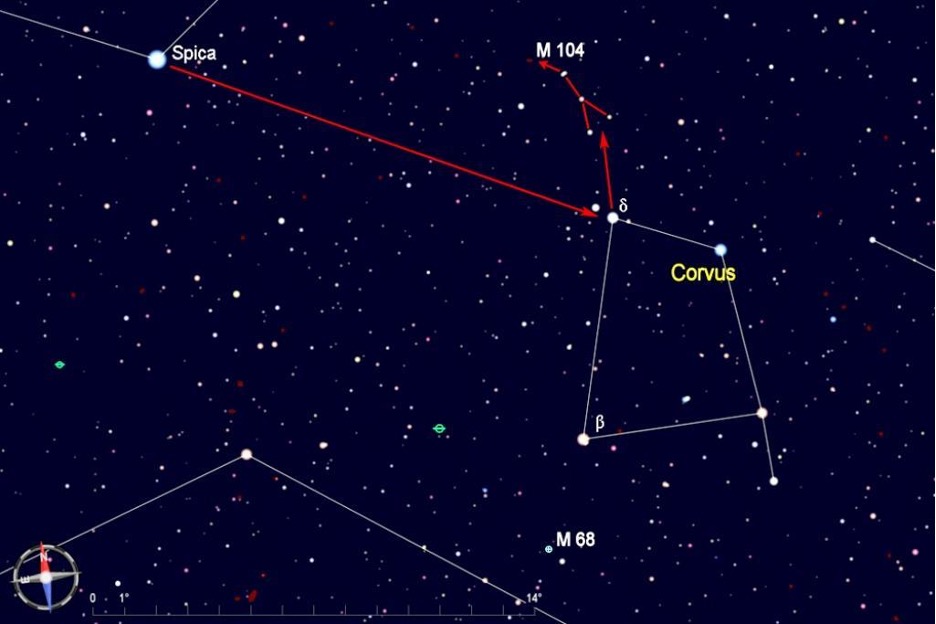
The optimal time to observe M104 is May, when we are closest to it. It has a large absolute magnitude and sufficient apparent magnitude to be visible with regular 4-inch telescopes and even some good 7×35 binoculars. Sombrero galaxy coordinates ─ 11.5° west of Spica/Alpha Virgo or 5.5° northeast of Eta Corvi.
To view both the Sombrero bulge and the disk, you will need a common 8-inch telescope. But to see the strip of dark dust, a more powerful option will be necessary. By the way, read our article about the largest telescopes in the world. These are amazing facts!
Final Thoughts
Research on the Sombrero Galaxy is ongoing, and scientists hope that through it, they will be able to expand our understanding of how such objects form and evolve. After all, any new knowledge about the Universe is a small but important step forward, bringing us closer to the stars.
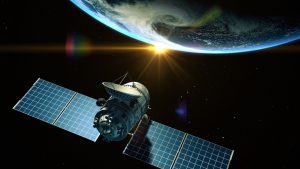





Thank you for your comment! It will be visible on the site after moderation.